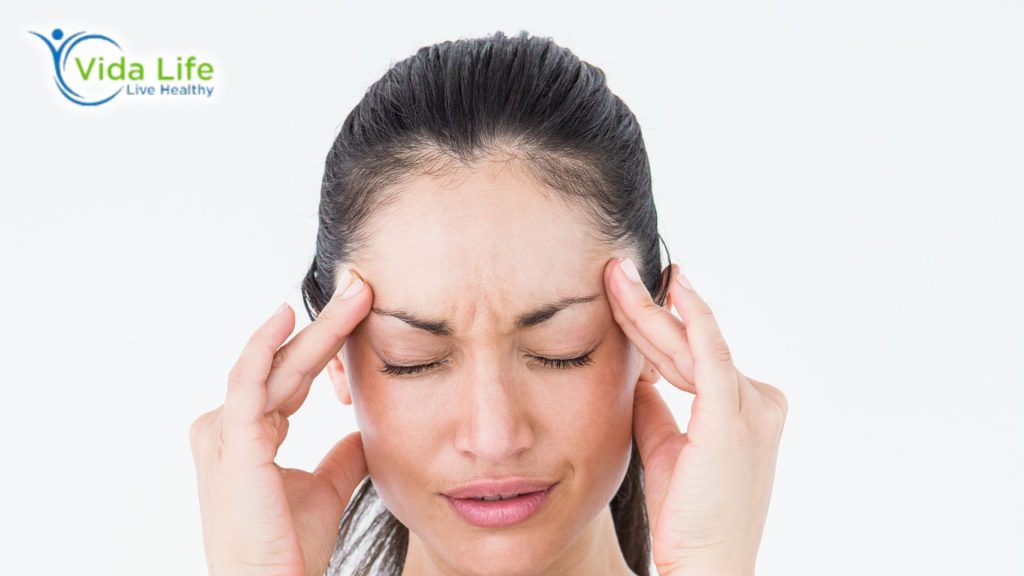
Migraine headaches are severe throbbing headaches that often appear on one side of your head. Migraines can also lead to light, sound and smell sensitivity as well as nausea and vomiting as well as weakness or numbness in affected individuals.
Pain relievers such as ibuprofen and aspirin may help alleviate some migraine symptoms, while taking an excedrin Migraine combination (comprising aspirin, acetaminophen and caffeine) may prove even more effective than using these medicines alone.
Over-the-Counter Medications
OTC (Over-the-Counter) medications are available without a valid doctor’s prescription and sold directly to consumers without medical supervision. OTC medicines can be found everywhere from pharmacies, supermarkets, discount stores, airports and gas stations; as well as 16-packs of pain relievers like ibuprofen and aspirin; allergy medicines like Benadryl; and heartburn remedies like Tums. OTC medicines are regulated by the Food and Drug Administration to ensure safety; when taking these drugs it is wise to read labels carefully while following directions as well as consult your healthcare provider as they may suggest an alternate course of treatment – something especially pertinent if you suffer from health conditions like high blood pressure or heart disease.
Prescription Medications
Migraines can be extremely disabling and may require medication to control symptoms. These may be taken either acutely (acute treatments) or preventively to keep future migraine attacks from arising (preventive medications).
Triptans have long been recognized as an effective acute medication. By targeting receptors in your brain and narrowing blood vessels to reduce inflammation, triptans reduce swelling while constricting vessels thereby relieving headache pain. They come in pill, nasal spray and injection form so can be taken at the first sign of migraine headache. Dihydroergotamine may also be taken; however, since its action narrows blood vessels further it should only be used by individuals without heart or blood vessel disease.
Drugs to help treat and prevent migraines include NSAIDs, amitriptyline and ergotamine. A newer class of gepants approved by the FDA include Ubrelvy (ubrogepant) and Rimegepant (Nurtec ODT), both designed to alleviate both pain and other symptoms associated with chronic migraine.
Lifestyle Changes
Migraines can be debilitating, leading to lost productivity and personal time at work, as well as having a substantial effect on family life. The good news is that lifestyle modifications can help manage migraine pain effectively and even help prevent future attacks.
People may discover that certain foods cause migraines and choose to eliminate them from their diet; others find drinking water helps decrease the frequency of migraine attacks.
Regular physical exercise can greatly benefit overall health and can even help relieve headaches. Moderate aerobic activity releases essential brain chemicals that block pain signals.
Sleep and nutrition are also crucial to migraine prevention, so keeping a journal, setting a sleep schedule and limiting electronics before bed can be useful strategies to ensure you receive seven to eight hours of restful restful sleep each night.
Mind-Body Therapies
Migraine sufferers may also find relief through mind-body therapies such as biofeedback, meditation/mindfulness-based stress reduction, acupuncture, visualization and hypnosis. These therapies allow users to relax by controlling breathing and heart rate as well as identify stress triggers like sleep issues, food or work-related stressors.
Biofeedback is a painless technique that teaches you to control the automatic functions of your body, such as heart rate and muscle tension, through conscious awareness. According to the American Migraine Foundation, its form known as progressive muscle relaxation entails contracting and relaxing each group of muscles one at a time until all are in equilibrium.
Acupuncture uses needles to stimulate points on the head and neck that may be linked to migraine headaches, according to research published in September 2022 by Journal of Headache and Pain. Acupressure (the use of pressure on key points) was found to relieve migraines for some patients while nerve blocks, another type of injection therapy, can be used to alleviate myofascial trigger points – hyperirritable nodules in skeletal muscle that cause referred pain – according to foundation studies.


